8 Ways to Record Internal Audio on Mac [2024]
Capture internal audio and microphone on your Mac
Record high-quality audio and video
Trim recorded audio
Knowing how to record internal audio on a Mac can be important in many situations, but Macs don't have any built-in system sound recorder of their own. Here we'll show how to record system audio on a Mac. We’ll review 8 tools including Mac screen recorders and audio-recording apps.
Best for: users who want to record and edit audio easily
QuickTime
Best for: users who want a built-in solution for recording audio on Mac
Aiseesoft Mac Screen Recorder
Best for: Recording internal audio from your Mac
When selecting products to include in our reviews, we research both demand and popularity.
All products mentioned in this article have been tested by Movavi Content Team.
When testing, we aim to highlight the best features of a product and what it’s best suited for.
We study user reviews from popular review platforms and make use of this information when writing our product reviews.
We collect feedback from our users and analyze their opinions of Movavi software as well as products from other companies.

Movavi Screen Recorder is a simple, free, and easy-to-use application you can download and use on Mac for recording both video and audio from your Mac's screen. It offers fast capture, with various parameters that let you customize the capture area and grab system audio with ease, as well as built-in editing features for making adjustments to your recordings, too.
Best for: users who want to record and edit audio easily
Key features:
Pros:
Get crisp, clear sound in your videos by reducing the ambient noise your mic picks up from traffic, wind, or any other background noise
Include in-app sounds in your videos to add a personal touch
Use webcam or audio recording features to create training videos, instructions, and podcasts
Cons:
Some of the advanced features are available only in the full version
Step 1. Download and install Movavi Screen Recorder
The first step is to simply download Movavi Screen Recorder and install it on your computer. The simple instructions will guide you through the installation process, which only requires a few clicks.
Step 2. Make adjustments to recording parameters
Next, open Movavi Screen Recorder and select the recording option in the program's sidebar. To record internal audio, deactivate the icons for Webcam and Microphone. Leave the System Audio button on, which should be green. While the program will record the screen along with your audio track, you will be able to save the audio track on its own when finalizing the recording.
To begin recording, click on REC and switch on your computer's audio.
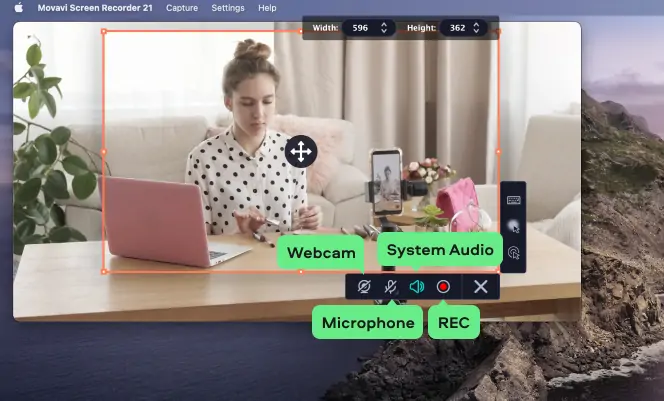
Step 3. Make edits to your completed recording
After the recording has been completed, you can trim your audio to include only the sections you want to keep. All you need to do is use the Scissors and Trash Can icons to cut and remove any excess audio. With only the audio you want to save included in the final track, you're ready to save it to your computer.
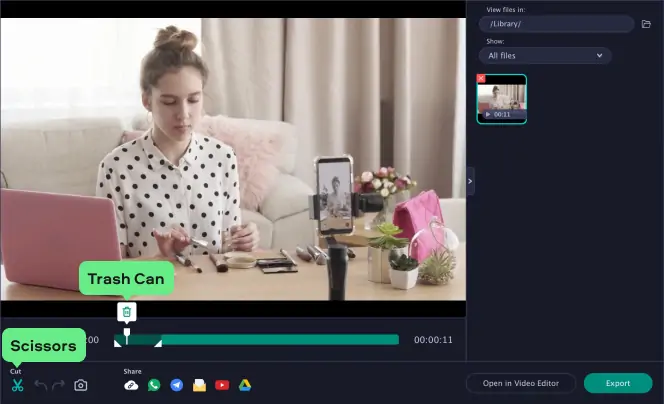
Step 4. Convert and save the file to your device
To save your completed audio file, click on the Export icon and choose MP3 in the next window to save solely the audio track. Before initiating the save process, you can check to make sure you have enough space for the file by viewing File size. Then simply click on Save and wait for the file to save onto your computer.
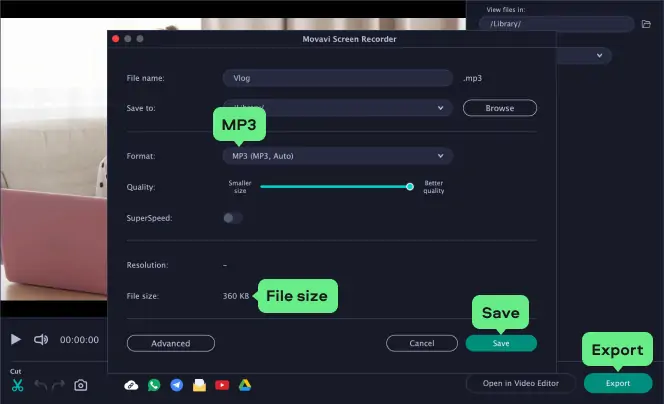
Here’s how to record audio on Mac with Movavi Screen Recorder. The key advantage of Movavi Screen Recorder audio is that the original quality is maintained without unnecessary compression. It also saves files at the appropriate size to prevent users from needing to free up hard drive space to accommodate the final MP3 file. However, Movavi Screen Recorder doesn't allow you to record copy-protected video or audio streams.
Another option you can consider when searching for how to record computer audio on a Mac is QuickTime. This is a built-in internal recorder that comes by default on every device, so you won't have to download or install it like other apps. However, if you want to use QuickTime for recording with internal audio and not just output audio coming from Mac, you'll have to download an add-on called Soundflower. This app also doesn't have many extra features like editing or the ability to record desktop audio and video together, but it's a simple and free program.
Best for: users who want a built-in solution for recording audio on Mac
Pros:
Free to use
Built-in with the Mac
Beginner-friendly
Cons:
Extra software is required for internal audio capture
Lacks editing features
Can't record audio and video together
Step 1. Download and install the Soundflower app
First, you should download and install Soundflower on your device. You can download the macOS version in a zip file that you will be required to extract before installation. If you're running a newer version of macOS, you will need to change the permissions on your computer via System Preferences before you can install the program. After the program installation initially fails, in your System Preferences, go to the Security and Privacy section, and you should see a message saying that your computer blocked software by unrecognized developer Matt Ingalls. To change this, click on Allow and you will be able to try installing the program again. At this point, Soundflower should complete the installation.
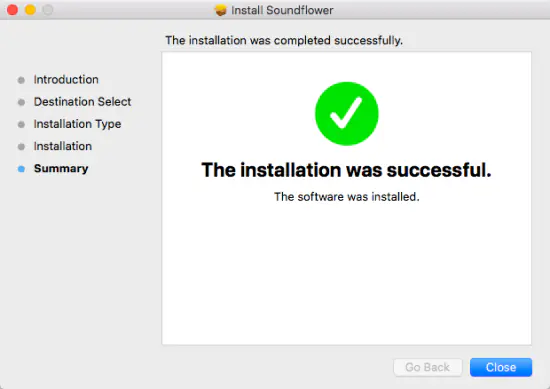
Step 2. Change the audio output device
Soundflower can reroute your computer's audio, which means you can use it to change your computer's output device to record internal audio while recording with QuickTime. To change the audio output, open System Preferences on your computer and click on the Sound icon. Next, select the Output tab to pull up a list of available output devices. Soundflower should appear on that list with two different entries: Soundflower (64 ch) and Soundflower (2 ch). For your purposes, select the 2-channel version, as the 64-channel version is for more advanced applications.
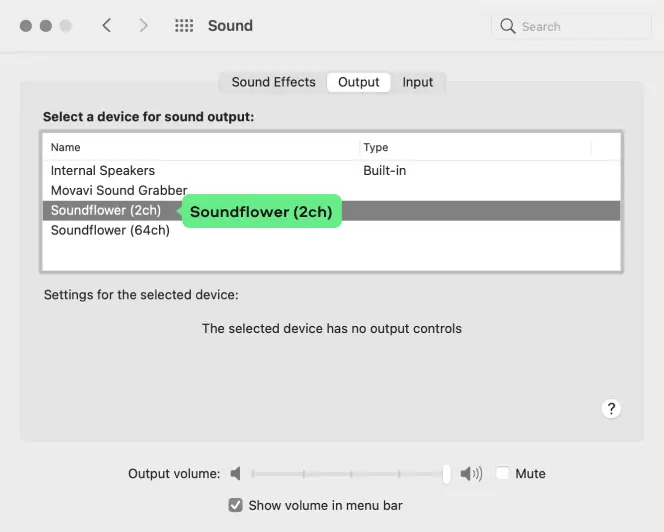
Step 3. Adjust audio settings before recording
You can now open the QuickTime app and change audio settings in the File menu. In the menu, select New Screen Recording. In the next window that appears, don't press the Record button just yet. Instead, click Options on the right and set your Microphone to Soundflower (2 ch). This is so that Quicktime thinks that the internal audio is the microphone input.
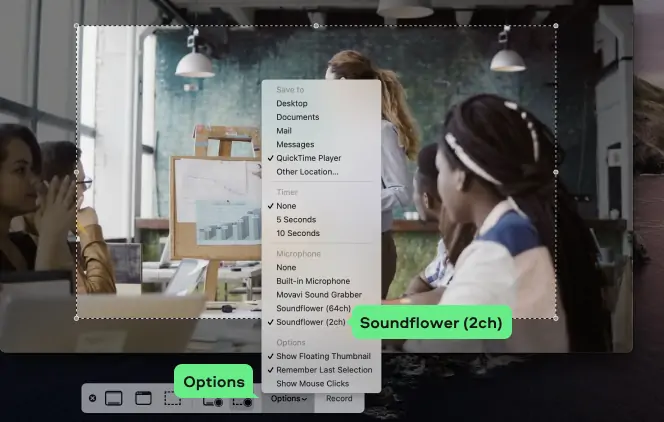
Step 4. Record the video and audio
Finally, you can click Record to begin recording your video and internal audio. If a dialog box pops up and asks you for permission to access the microphone, allow it. Once your video has been recorded, change your audio output back in System Preferences to the default setting.
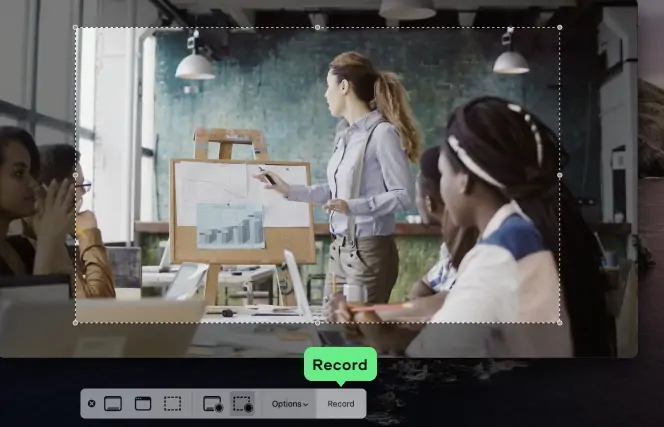
If you want to record audio on its own, you don't need Soundflower at all. Simply take these steps to record an isolated audio track using QuickTime:
Step 1. Check your computer's settings
To begin, open System Preferences and click on the Sound icon and select the appropriate output device, which can be either Headphones or Internal Speakers.
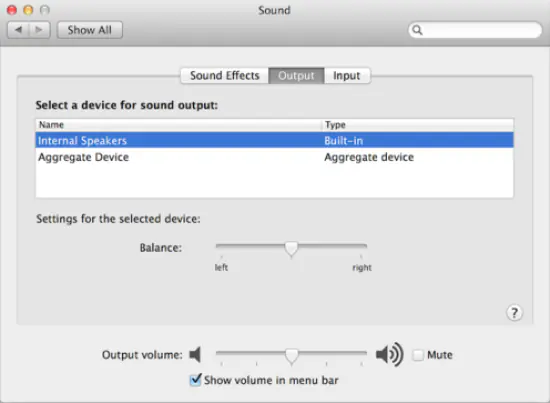
Step 2. Begin recording
Now, open QuickTime and choose New Audio Recording from the dropdown File menu. You'll then see a capturing panel appear on the screen. Here, beside the Start button, you'll see another dropdown menu that allows you to change the audio output device again. You can then press the red button to record audio.
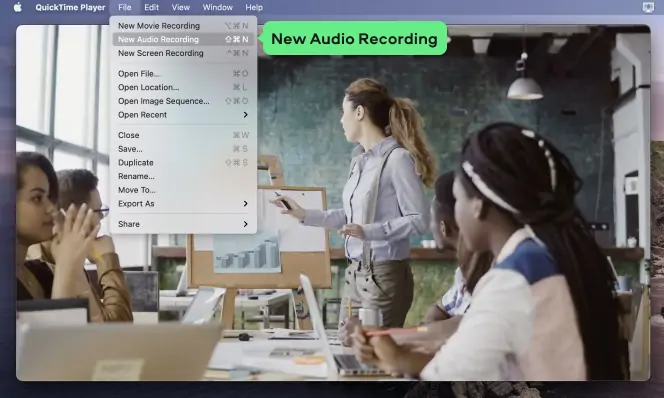
Step 3. Save your recorded audio
Once complete, you can stop recording and save the completed file to your computer. You also have the option to upload the file to the cloud immediately, which we recommend if you want to save more space on your computer.
How to use the OBS recorder
OBS is a free and open-source piece of software for Mac and Windows devices that is popular with bloggers, streamers, and filmmakers. It can be used for recording audio and video from almost any source, both internal and external, so it can be used for capturing internal audio and system sounds. The downside with this program is that you can't use it for only recording audio; it only works to record audio and video together and you can't simply switch off the screen recording part of the process.
To see the detailed review of OBS Studio, follow the link below:
Best for: users who want to record audio and video together
Pros:
Free and easy to use
Works with almost any audio source
Well-suited for bloggers and streamers
Cons:
No editing
Forced to record audio and video together
Step 1. Install OBS Studio
You can start by downloading and installing OBS Studio on your device. The simple installation guidelines should help you get the program up and running in no time.
Step 2. Set up a new scene and choose sources
To begin a new recording, create a new scene and give it a title of your choice. Every scene can use a combination of sources, including different audio and video. You can also create different scenes with specific templates and configurations to make future setup easier based on your personal preferences. For instance, you could have a scene setup for close-up shots using your webcam, while another is ready to record your screen with a picture-in-picture shot of your face via webcam.
When you're ready to set up your scene, you can choose the media sources to include. One of these sources will be internal audio if you want to record computer audio. To record internal audio, click on Add a New Source at the bottom of the window and choose Audio Output Capture. You can then select the default device or another output device you wish to use. If it appears to be recording sound and the meters are moving, but no sound is actually heard, you may need to download other software such as Soundflower to reroute audio on your Mac.

Before recording, you may want to check Settings to see if there are any additional customizations you want to make to your recording. For example, you can change the recording format for both audio and video, with the ability to modify file compression, streaming, resolution, and file type options.
Step 3. Record your video and audio
With everything set up in your scene and sources included, you can begin recording the video. Simply click on Start Recording toward the bottom right corner and click Stop when you're ready to complete the recording.
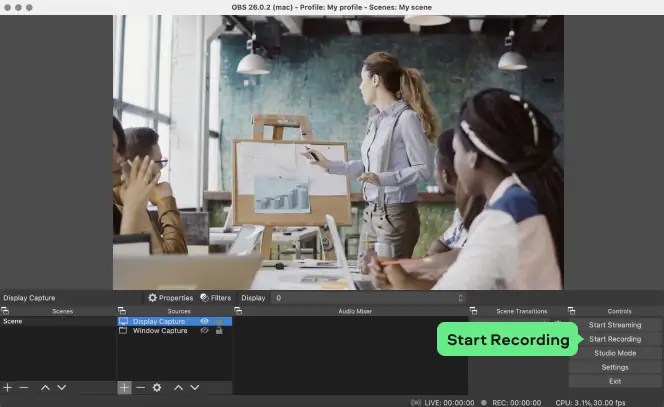
If your recording includes multiple sources and you have everything set up, it may be worth it to do a test recording before you begin the actual recording. This can help you avoid a lot of potential frustration if you believe everything is ready to go, only for your video or audio to go unrecorded once complete. Simply record a small amount of footage and play it back to make sure your video and audio are captured and of the right quality.
Step 4. Save the completed file
After you're finished recording, OBS Studio will automatically save your video in a new folder in your documents. You can view your recordings by clicking the File menu and then Show Recordings in the dropdown. You can also choose to save files in another custom folder. All you need to do is click Settings and choose the Output tab. Next, click Recording. You can then type or paste the folder destination in Recording Path, or you can select Browse to choose an existing folder. You should then be able to find the recording on your computer in the designated folder.
Audacity is a free and lightweight audio recorder and editor tool you can use on Mac, Windows, and Linux, too. It's available in many languages and is entirely audio-focused, used for recording live audio, external audio through a microphone, and system audio, too. It's also an impressive editor tool for editing your audio recordings and works with many different sound file formats, but you will have to download some extra software to get it working with your system audio.
To see the detailed review of Audacity, follow the link below:
Best for: users who want to make and edit high-quality system sound recordings
Pros:
Ideal for audio-only recordings
Extensive editing tools
Many user languages are available
Cons:
The interface takes a little getting used to
No video recording capabilities
Extra software required
Step 1. Download and install Audacity and Soundflower
Head to the official Audacity website to download Audacity to your Mac. You'll also need to download the Soundflower add-on for your Mac, which is used to re-route your system audio and allow Audacity to detect it.
Step 2. Adjust sound settings
Go to the System Preferences menu and click on Sound. Then, change the output device to Soundflower.
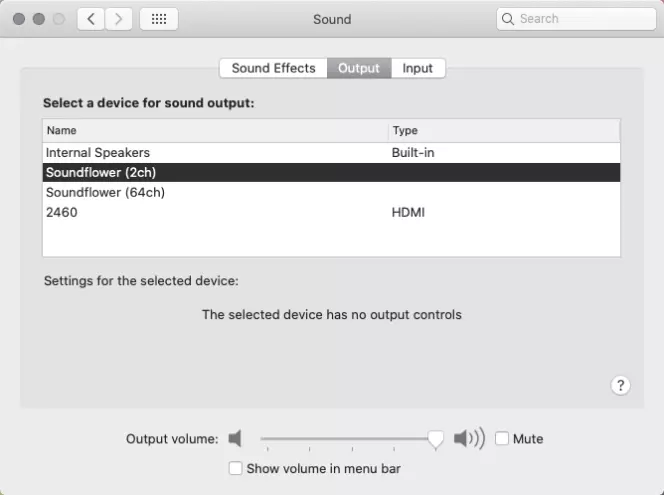
Step 3. Open Audacity and start recording
Next, you can open up the Audacity program and start recording with the help of Soundflower by choosing Soundflower as the recording device in the menu provided. After you've selected Soundflower, create a new project via the File menu and then press the red Record button on the toolbar. You can use the Pause button to pause the recording if needed while in progress and press the Stop button when you're finished.
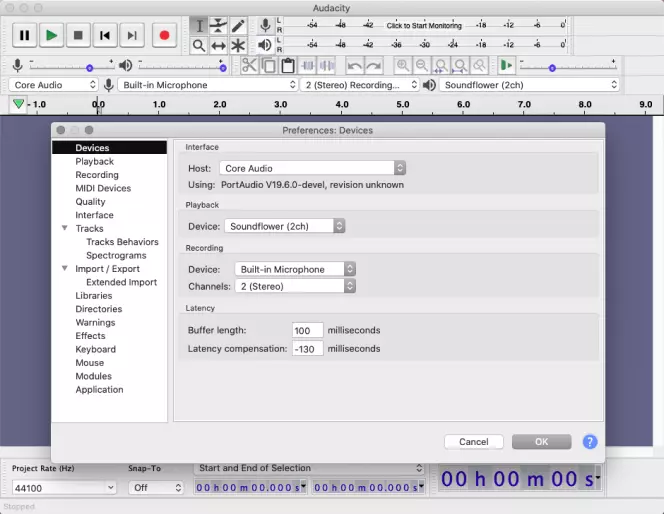
Step 4. Edit and save
Once you've finished recording your system sound file, you can use Audacity's built-in editing tools and features to edit it as needed or simply save it in a file format of your choosing to your device.
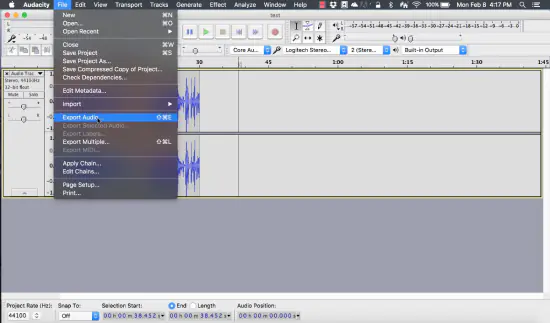
Similar guides
How to record audio on a Mac with Aiseesoft Mac Screen Recorder
Aiseesoft Screen Recorder is an effective tool to capture all kinds of videos: from online videos and games to video conferences and webcam videos. You can record in full screen or set customized screen size parameters.
Aiseesoft has a unique real-time video encoding technology that produces high-quality video and sound. There is a lock window feature allowing you to keep recording activity on a specific window, so that screen recordings do not interfere with other functions.
Best for: Recording internal audio from your Mac
Pros:
Very easy snapshotting process
Free version with no watermark
Video editing options
Lots of useful hotkeys
Works on Windows and Mac platforms
Cons:
Customer service isn’t always helpful
Some of the UI solutions may seem too difficult
Step 1. Start the program
First, install the Mac audio recorder.
Run the app on your computer, and click Audio Recorder to enter the audio recording interface.
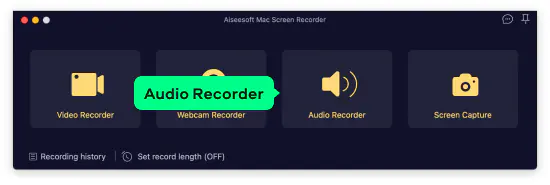
Step 2. Set up audio recording
You can enable the Microphone option and mute the system sound if you just want to capture your voice. If you want to capture sound from your computer as well as your voice, you need to turn on the microphone and system sound. When you’re ready with the adjustments, click REC.

Step 3. Save the recorded audio
When the audio recording is finished, click the Stop button. The preview window will appear. Click the Save button, and that’s all there’s to it.
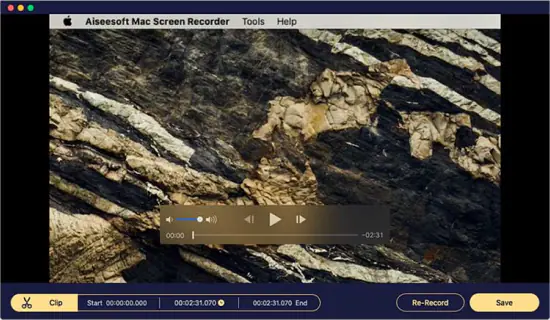
Recordit is a simple screen video and audio recorder tool that works on both Mac and Windows devices. It's free to use and perfect for recording screencasts of presentations, videos, lectures, and so on. It also offers GIF support and is helpful for recording short clips of a Mac screen that can be uploaded to the internet as GIFs, commonly for tutorial purposes. However, you can only use Recordit for free for a maximum of five minutes at a time, and it only offers screen and audio recording together, so you can't use it only for audio recording.
Best for: users who want to make GIFs and short screen recordings
Pros:
Free to use
Very lightweight and simple program
Ideal for making GIFs and short recordings
Cons:
Five-minute time limit when using the Free version
You have to pay for longer recordings
Only works with audio and video together
Step 1. Download the program
The first step of using Recordit to record your system audio on Mac is to head to the official site and download Recordit for Mac.
Step 2. Open the program
Next, you'll need to open up the program and get ready to record your screen. Recordit only works with full video and audio screen recording, so you'll have to press the camera icon, choose the recording area of your screen, and then press the Record button to start the process. There aren't any extra settings to configure as the program is very simple and lightweight.
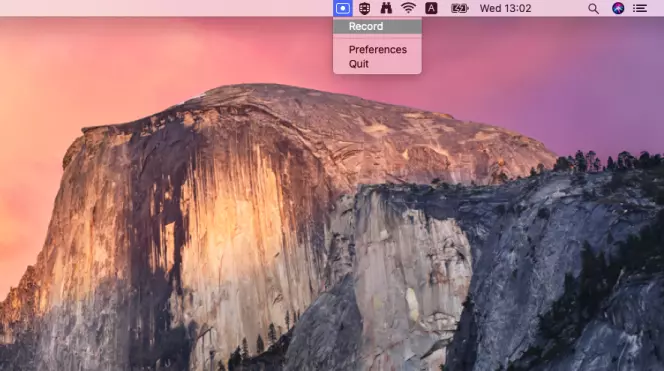
Step 3. Stop and save
Once you've finished recording, you can press the Stop button. The program will then automatically process the video and upload it automatically to the Recordit servers, which you can access via a link that will be provided once the file is ready. You can then download and save the video to your device and use other software to extract the audio if needed.

As the name implies, Easy Audio Recorder Lite is an audio recorder that is designed to be as easy and lightweight as possible. It's a really small and simple app you can start using on your Mac today to record audio with ease, but you'll have to set up Soundflower to get it working with your system audio, like many other recorder apps.
Best for: users who want a very simple program for recording audio on Mac
Pros:
Free to use
Really simple and beginner-friendly
Lightweight download and installation
Cons:
Quite basic
Lacking in features and functions
Step 1. Download and install
The first step to using Easy Audio Recorder Lite is to download and install the program to your device. You'll also need to download and set up Soundflower via the Sound menu in your System Preferences.
Step 2. Open and record
Next, once the app has been installed, you can open it up. Press on the Input Device button and select Soundflower as the main recording device. Next, you'll be able to press the red Record button to start the recording. You can then pause and stop the recording, as needed, by pressing the buttons on the screen.
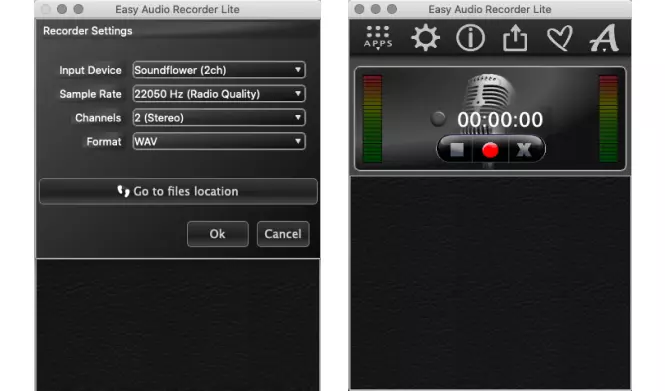
Step 3. Stop and save
Once you have finished recording, press the Stop button to end the recording process and save the audio file to your Mac automatically.

Screenflick is another app you can use for recording audio and video on your Mac. It supports the ability to record internal audio by default, so you won't have to worry about any extra downloads like Soundflower, and it's very easy to use and beginner-friendly overall, with many options and settings to appeal to advanced users. On the downside, it isn't free and you'll have to pay a premium to use it.
To see what customers think of Screenflick, follow the link below:
Best for: users who want to make high-quality screen recordings
Pros:
Beginner-friendly and easy to set up
Records in high quality
Lots of options and features
Cons:
Only works with audio and video together
Not free to use
Step 1. Download and install
Before using Screenflick, you'll need to download it. Head to the official Screenflick page and download the app to your device.
Step 2. Adjust the settings
Open the Screenflick app and head into the Recording Settings menu. Make sure that the Record System Audio box is ticked to record system sounds and adjust any other settings as needed, such as camera recording or microphone recording, if desired.
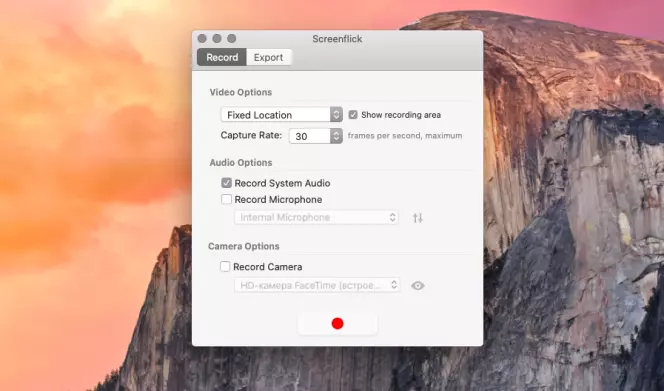
Step 3. Select screen area
Since this is a screen recorder, you'll then need to choose the part of the screen you want to record, either by clicking on a window or dragging a rectangle around the area you want to record, or using a preset like Full Screen.
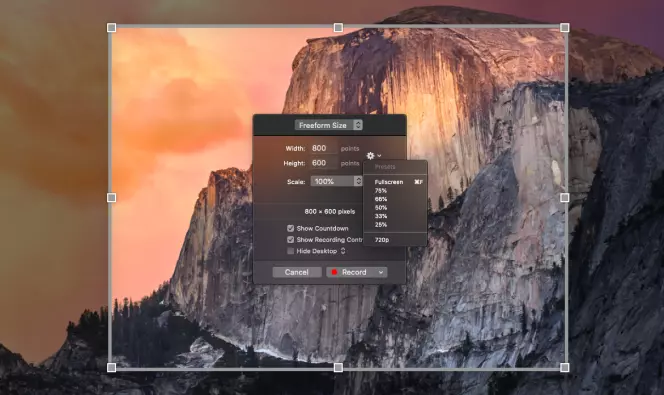
Step 4. Record and save
The program will automatically record your screen and system audio. You can pause and stop the recording via the menu or keyboard shortcuts provided. Once your recording is over, press the Stop button and then make any necessary edits before saving and exporting in a format of your choice like MOV and MP4.
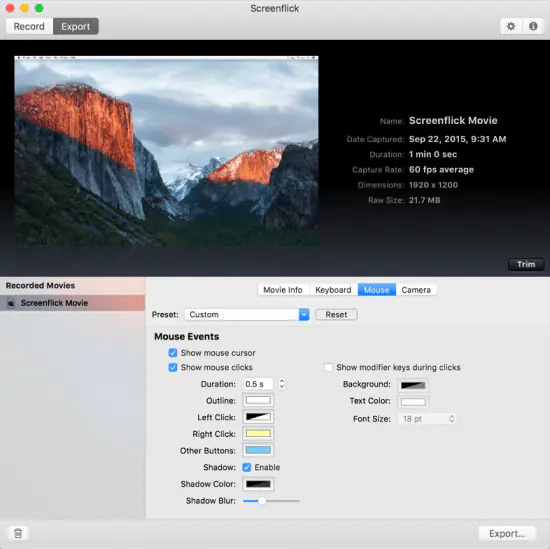
What to look for in an audio recorder
Hopefully, this guide has helped you find the perfect audio recorder tool for recording internal audio on your Mac. If you're not sure which app is right for you, consider the following factors to help you choose the best software to meet your needs.
Conclusion
This article features some of the best internal audio recorders for Mac, so you can choose which one is the best for you. We recommend Movavi Screen Recorder, a simple and user-friendly software that offers high-quality sound recording and editing. Download the trial version and try it yourself!
Frequently asked questions
Was the article helpful?
Movavi Screen Recorder
The perfect way to record anything from your screen
Disclaimer: Please be aware that Movavi Screen Recorder does not allow capture of copy-protected video and audio streams.
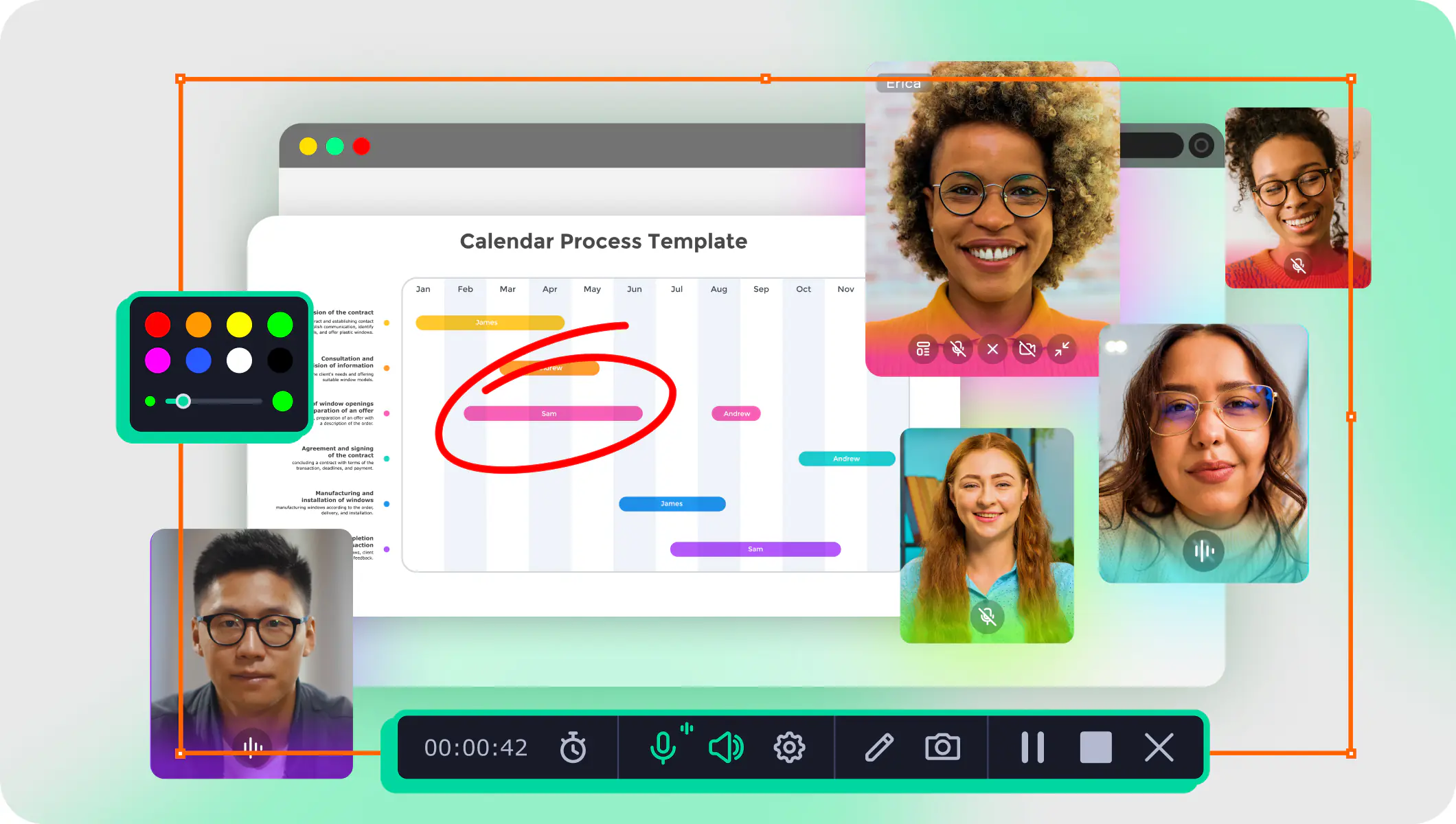
References
Popular

Have questions?
If you can’t find the answer to your question, please feel free to contact our Support Team.
Join for how-to guides, speсial offers, and app tips!
1.5М+ users already subscribed to our newsletter